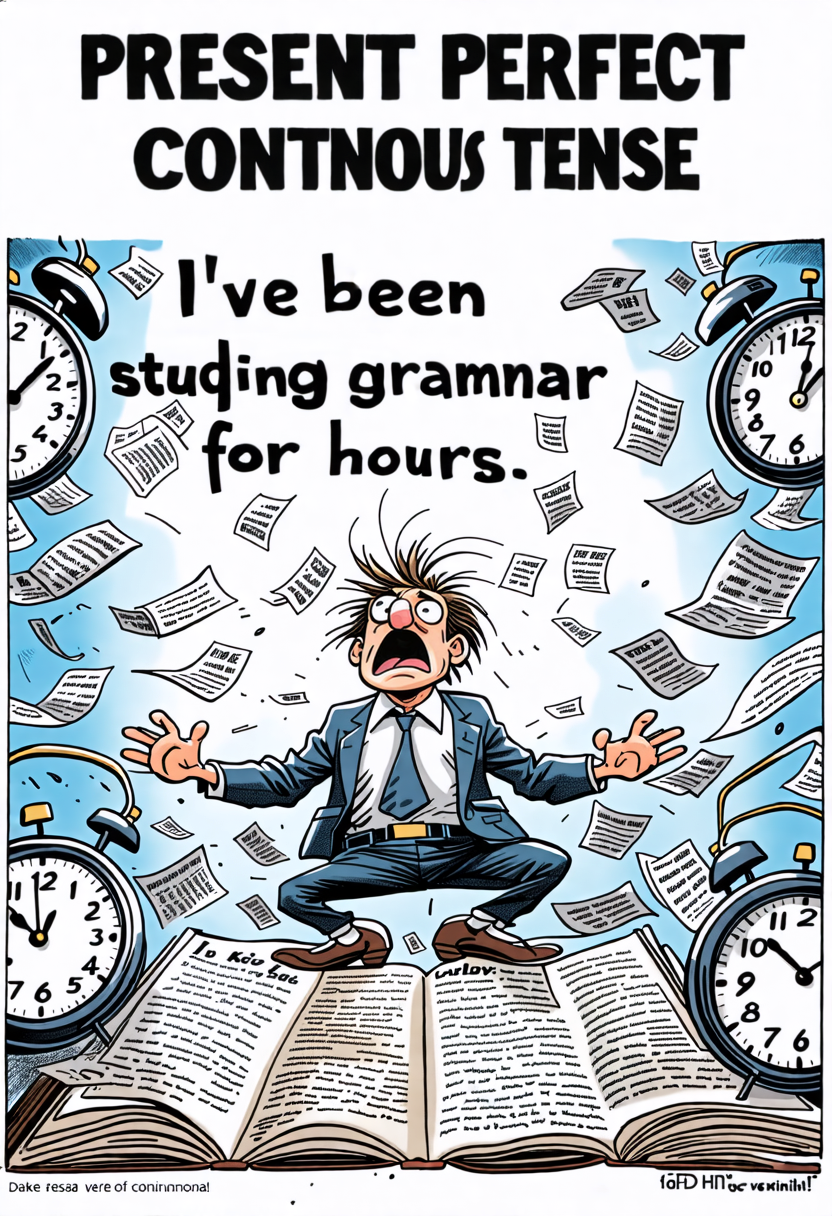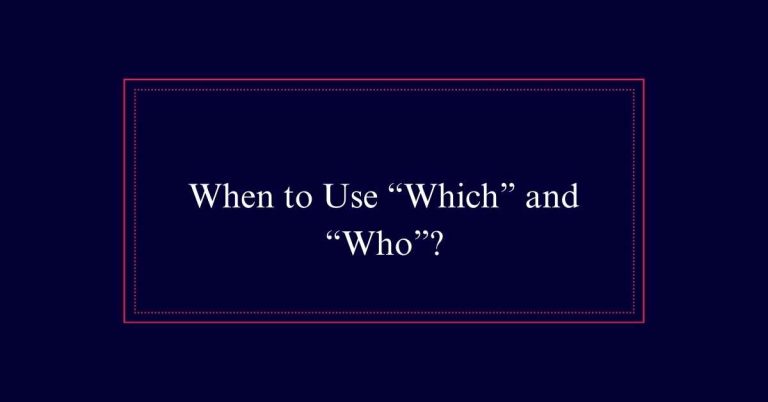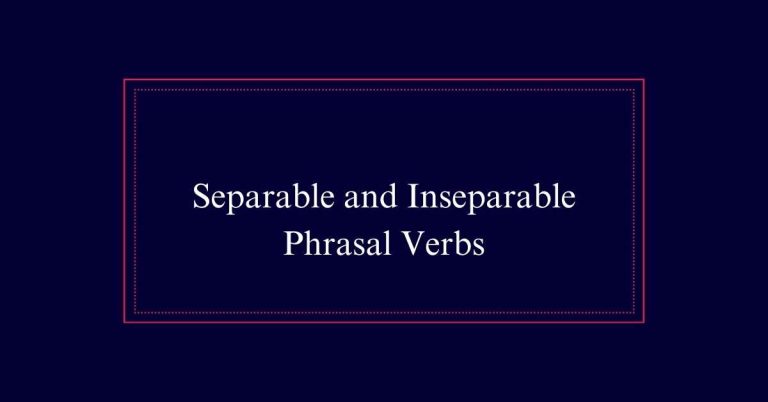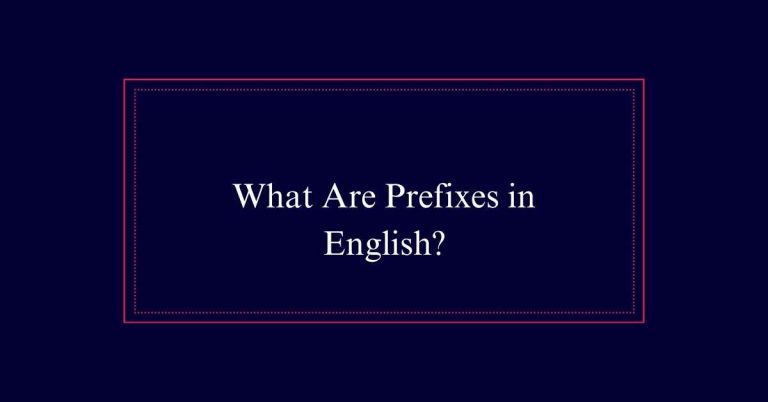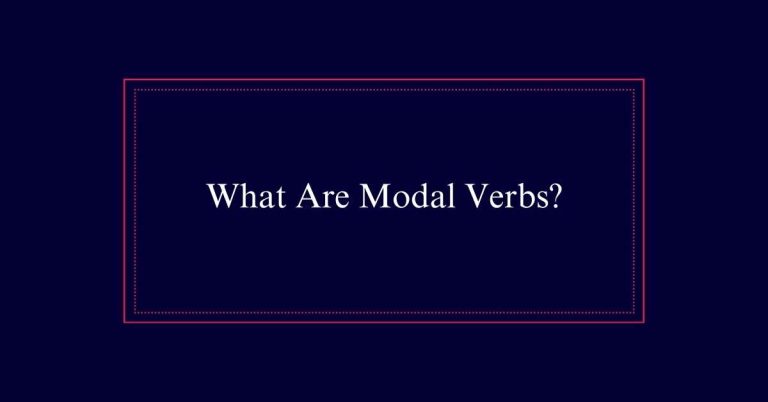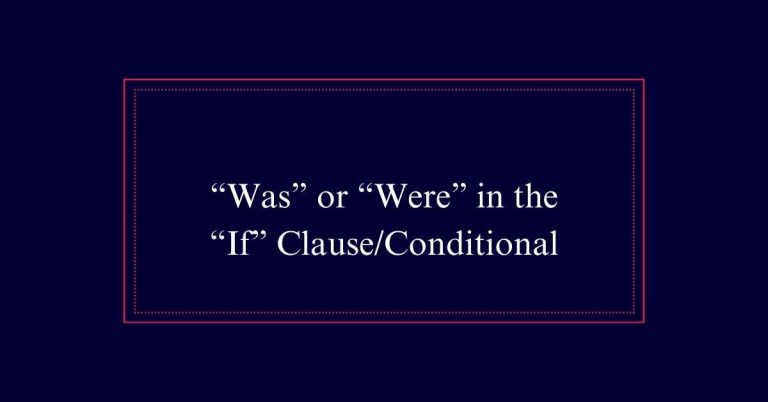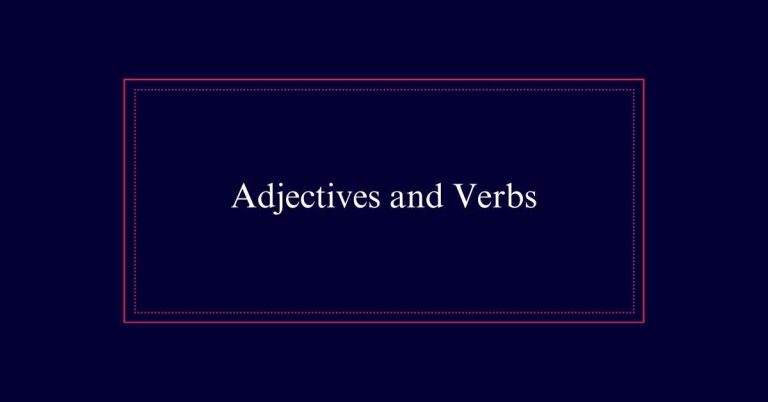Present Perfect Continuous Tense
The present perfect continuous tense describes ongoing or recently ended actions with a connection to the present. It uses the formula ‘has/have’ + ‘been’ + present participle (e.g., ‘I have been studying’).
This tense is ideal for actions that started in the past and are still happening or have just stopped. It emphasizes duration and continuity, such as ‘She has been working on the project for weeks.’ However, it is not suitable for state verbs like ‘to know’ or ‘to own.’ For those, use the regular present perfect tense (e.g., ‘I have known him for years’).
Understanding Present Perfect Continuous
The present perfect continuous tense is frequently used to describe actions that began in the past and are still ongoing or have recently stopped. This tense indicates a connection between past activities and the present moment.
For example, saying ‘Mia has been competing in flute competitions recently’ highlights that her participation started earlier and continues now. Another instance is ‘I haven’t been feeling well lately,’ which implies an ongoing issue that began in the past.
This tense is valuable for expressing actions with a duration, often using words like ‘recently’ or ‘lately.’ It helps convey the continuity of actions, making it clear that they are not confined to a single point in time.
Formula and Structure
Understanding the formula and structure of the present perfect continuous tense is key to using it correctly.
The formula is straightforward: use ‘has’ or ‘have’ followed by ‘been’ and the present participle of the main verb (root form + -ing). For example, ‘Mia has been competing in flute competitions recently.’
This tense often includes time-related words like ‘recently’ and ‘lately’ to indicate ongoing actions.
Note that not all verbs are compatible with this tense.
Verbs that describe states, such as ‘to be’ and ‘to own,’ should use the regular present perfect tense instead.
For example, ‘I have owned my Mazda since 2007,’ not ‘I have been owning my Mazda since 2007.’
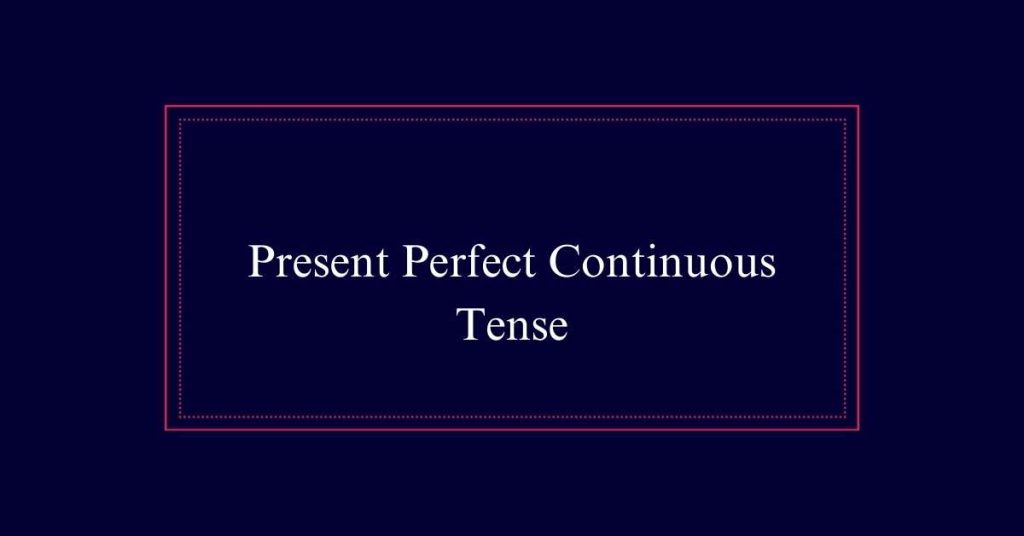
Common Usage Scenarios
Present perfect continuous tense is often used to describe actions that started in the past and are still ongoing. This tense is useful for indicating actions that are temporary or for emphasizing the duration of an activity.
For example, ‘She has been studying for hours,’ shows she started studying in the past and is still doing so. Another scenario is highlighting repeated actions, such as ‘He has been visiting the gym regularly.’
This tense also works well for recent actions affecting the present, like ‘They have been arguing lately,’ which implies ongoing tension.
Compatible Verbs
For verbs that describe actions rather than states, the present perfect continuous tense is highly suitable. This tense works well with action verbs such as ‘run,’ ‘write,’ ‘study,’ and ‘work.’ These verbs indicate actions that have been ongoing over a period of time.
For example, consider the sentence: ‘She has been studying for her exams.’ Here, ‘studying’ is an action that has occurred over a period and may still be continuing.
Another example is: ‘They have been working on the project for weeks.’ The action verb ‘working’ shows continuous effort.
Using action verbs in the present perfect continuous tense emphasizes the duration and ongoing nature of the activity, making it clear that the action started in the past and is still relevant now.
Incompatible Verbs
Certain verbs do not work well with the present perfect continuous tense. These verbs typically describe states or conditions rather than actions. For these, the regular present perfect tense is more appropriate. Here are some common examples:
- To be: Instead of ‘has been being,’ use ‘has been.’
- To own: Instead of ‘has been owning,’ use ‘has owned.’
- To know: Instead of ‘has been knowing,’ use ‘has known.’
- To believe: Instead of ‘has been believing,’ use ‘has believed.’
Key Time Expressions
Key time expressions such as ‘recently’ and ‘lately’ are essential when using the present perfect continuous tense. These expressions help indicate that the action started in the past but is still relevant or ongoing in the present.
For example, you might say, ‘I have been exercising a lot lately,’ to show that exercising has been a recent habit. Similarly, ‘She has been reading many books recently,’ implies that the reading began in the past and continues now.
Other expressions like ‘for the past few days’ or ‘over the last several weeks’ can also be used. These time indicators provide clarity and context, making the tense more precise and understandable.
Positive Sentences
Positive sentences in the present perfect continuous tense describe actions that started in the past and are still happening or have relevance now. This tense is formed by using ‘has/have been’ followed by the present participle (verb + -ing).
Here are some examples:
- Mia has been competing in flute competitions recently.
- John has been studying for his exams all week.
- They have been working on the project since Monday.
- I have been reading that book for the last month.
Negative Sentences
Negative sentences in the present perfect continuous tense indicate actions that have not been happening. To form these sentences, use the structure: subject + has/have + not + been + present participle (verb + -ing).
This construction helps to express that an action has been absent over a period. For example, ‘She hasn’t been studying lately’ indicates that studying has not occurred recently. Similarly, ‘They haven’t been attending meetings’ suggests a lack of attendance over time.
Words such as ‘lately’ and ‘recently’ are often used to specify the time frame. These sentences are useful for emphasizing the ongoing absence of an activity or behavior in a clear, straightforward manner.
Question Formation
Forming questions in the present perfect continuous tense involves rearranging the sentence structure to place the auxiliary verb before the subject. The basic formula is: ‘Have/Has + subject + been + present participle.’ This structure guarantees clarity and correctness.
- Yes/No Questions: Start with ‘Have’ or ‘Has.’
- Wh- Questions: Begin with ‘Who,’ ‘What,’ ‘Where,’ etc., followed by ‘have/has been.’
- Tag Questions: Add a tag at the end of a statement to turn it into a question.
- Examples:
‘Have you been studying?’
‘Has she been working late?’
‘Where have you been traveling?’
‘They have been practicing, haven’t they?’
These steps help in constructing coherent and grammatically sound questions.
Practice Examples
For effective learning, practice examples of the present perfect continuous tense can illustrate its correct usage. Consider the following sentences:
- ‘Mia has been competing in flute competitions recently’
- ‘I haven’t been feeling well lately.’
These examples show ongoing actions that started in the past and continue into the present. Note the structure: ‘has/have been’ followed by a verb ending in ‘-ing.’
Moreover, words like ‘recently’ and ‘lately’ often accompany this tense. For instance, ‘Recently, I’ve been misplacing my wallet and keys.’
Practice creating sentences with different subjects and verbs to master this tense. Remember, some verbs, like ‘to be’ and ‘to own,’ are not suitable for continuous forms. Use the appropriate verb forms to guarantee accuracy.
